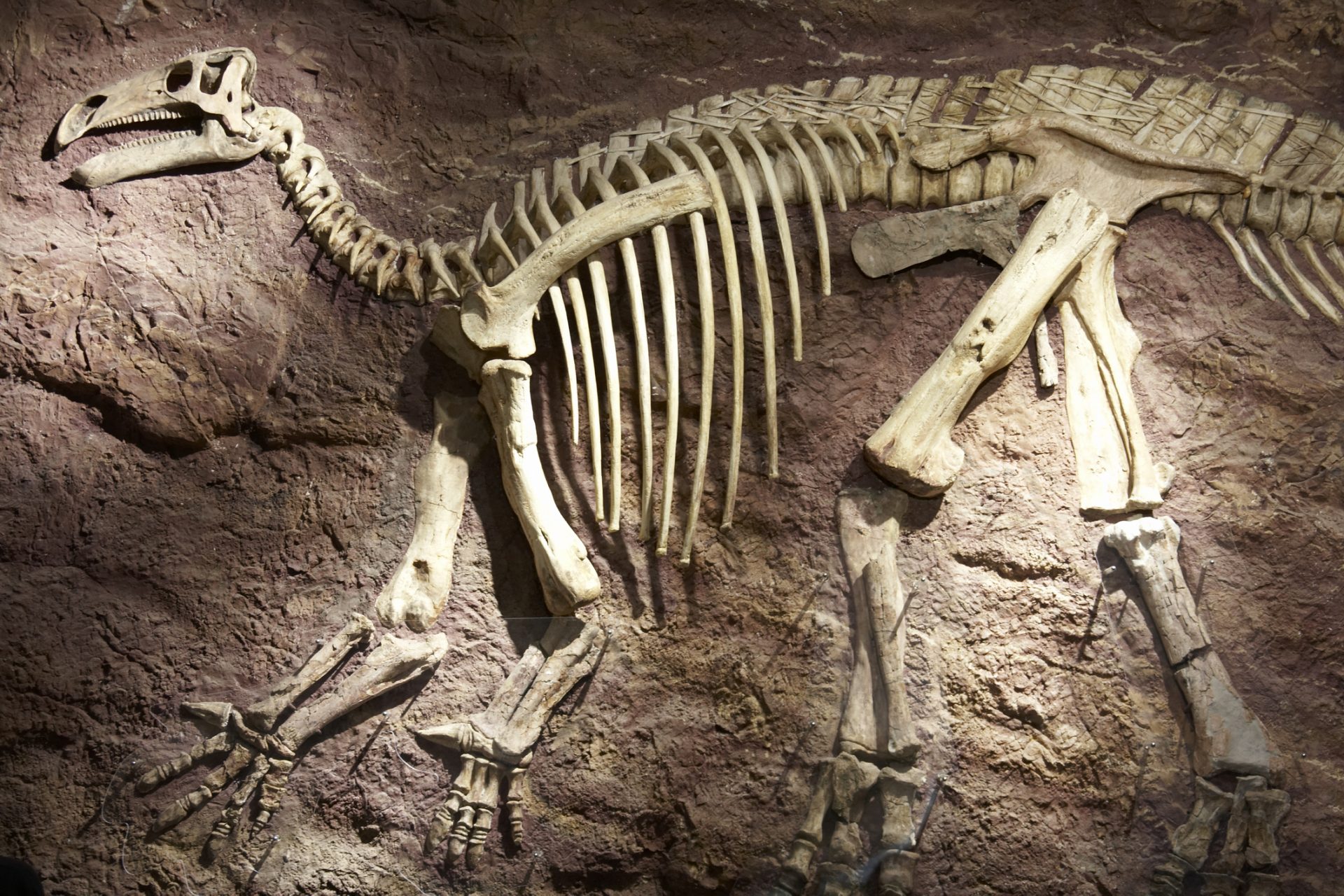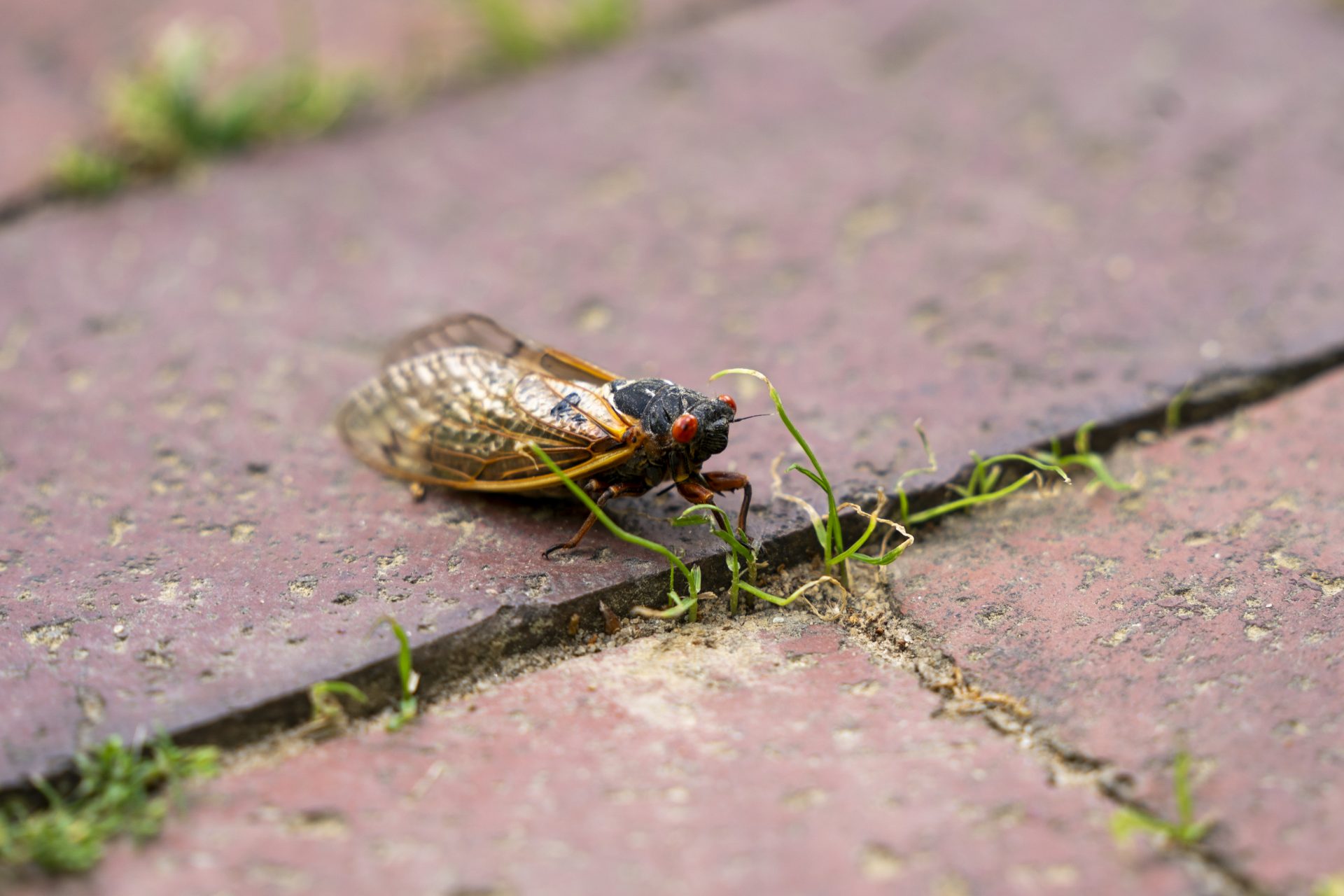This 'Doomsday Vault' could save humanity in a catastrophe
Beneath the Arctic ice lies a space unknown to most people, but which could be crucial to humanity's survival in the event of an apocalypse.
Photo: Flickr – Svalbard Global Seed Vault
On a hill in the Norwegian archipelago of Svalbard stands a concrete structure that appears to have been left on Earth by aliens.
The construction is actually quite simple. It is a concrete prism set into the mountain with a blue stained glass window that is always lit so it is easy to find. The name of the structure: Svalbard Global Seed Vault.
Once you open the doors, you enter a 130 meter long corridor that eventually leads to three chambers where the real treasure of the vault is hidden: the seeds.
The Svalbard Global Seed Chamber contains samples of all edible and many non-edible plant species from around the world. A biological archive essential for survival in the event of an apocalypse: hence the nickname 'Doomsday Vault'.
Photo: Flickr – Svalbard Global Seed Vault
As of October 2023, this treasury had 1,214,827 seed samples. According to Time magazine there are 1,700 versions of the vault, called gene banks, all over the world.
Work on the 'Doomsday Vault', sponsored by the Norwegian government, began in 2006 and construction was inaugurated in February 2008. It is intended to protect human life in the event of a global catastrophe.
It is no coincidence that the seed chamber was built on the Svalbard archipelago. The archipelago is not only 1,000 kilometers from the Arctic Circle, but has also been neutral territory since the middle of the 21st century.
Photo: Flickr – Svalbard Global Seed Vault
Another reason for choosing Svalbard is the constant cold in this area. Svalbard means 'Cold Coast' in Old Norwegian. On the one hand, temperatures do not rise above 5°C even in summer, but on the other hand, due to the influence of the sea, they do not normally fall below -15°C. A perfect climate for storing seeds in the event of a power outage.
The interior is maintained at an average temperature of -3°C to -6°C, although it can reach -18°C if necessary.
Photo: Flickr – Svalbard Global Seed Vault
The vault is dug into the mountain, and what you see from the outside is only the entrance. The temperature makes it possible to preserve the seeds, not for future sowing, but also for genetic propagation in the event of a planetary catastrophe.
Photo: Flickr – Svalbard Global Seed Vault
Of course, the construction is not for aesthetics, but for preservation. The seed chamber is designed to withstand volcanic eruptions or earthquakes of magnitude 10 on the Richter scale.
Photo: Flickr – Svalbard Global Seed Vault
Access to store additional seeds is time-limited to avoid exposing the storage facility to the outside world too frequently, no matter how cold it is.
Even the shelves where the seeds are stored are not a marvel of design or beauty, but their contents hold something much more important than aesthetics: the future of humanity.
Anyone who questions the need for a global seed bank should look at the FAO (Food and Agriculture Organization of the United Nations) report on human nutrition.
Photo: Flickr – Svalbard Global Seed Vault
The FAO reminds that 40% of people's calories come from corn, wheat and rice. In the event that climate change or other events affect crops, humanity's survival could depend on this initiative.
Photo: Flickr – Svalbard Global Seed Vault
Reassuring to know that planetary ecodiversity is safe in this seed vault. Let's hope that humanity never needs this treasure trove.
Photo: Flickr – Svalbard Global Seed Vault
More for you
Top Stories






























